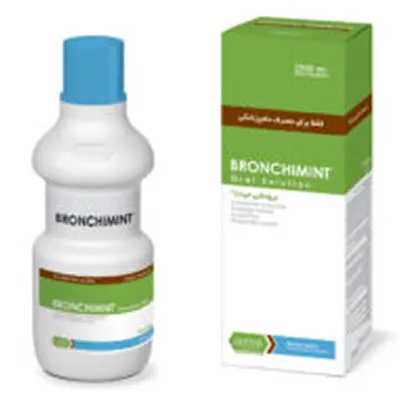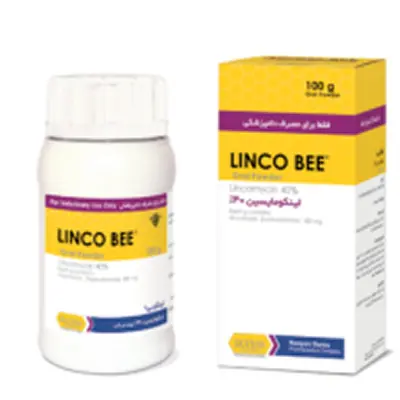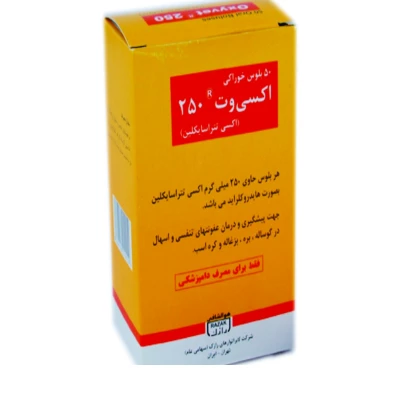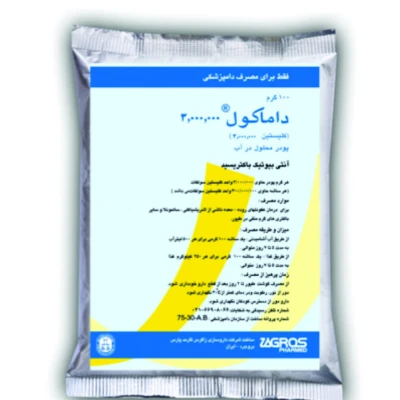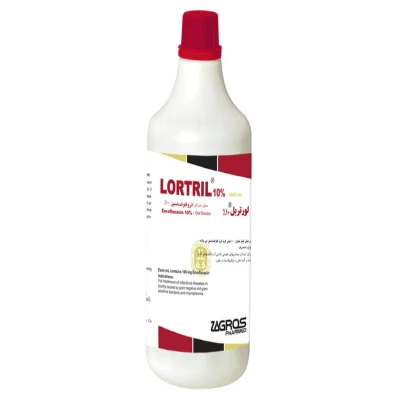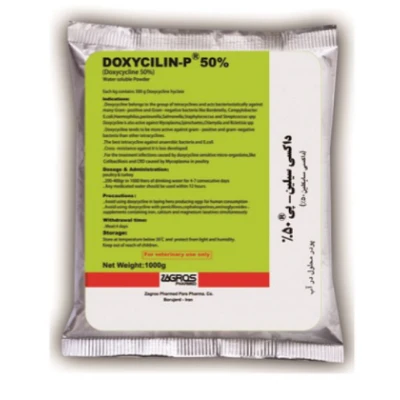| Active Ingredient | Amount (grams) |
|---|---|
| Formic Acid | 35 |
| Acetic Acid | 26 |
| Lactic Acid | 13.7 |
| Eucalyptus | 27 |
| Echinacea purpurea | 32.3 |
| Tussilago farfara | 32.3 |
| Pimpinella anisum | 26.3 |
Our sales consultants and experts
Specialist consultant
Receive Product Tariffs
Conditions of cooperation
برونشی مینت
Organic acids + Eucalyptus

Type of medicine

Target species

Catalog
Download product catalog
Our sales consultants and experts
Specialist consultant
Receive Product Tariffs
Conditions of cooperation

Packaging
1 and 2 liters

Compounds

Mechanism of the Effect
Bronchi Mint, unlike other herbal products containing alcoholic and etheric essential oils, contains only natural herbal extracts and, besides high stability, has no side effects.
Echinacea purpurea extract: Remarkable immune system booster by enhancing phagocyte, leukocyte, and fibroblast function; accelerating lymphocyte differentiation; increasing neutrophil leukocyte motility; and boosting interferon synthesis, which are immune proteins. It strengthens the body’s resistance, especially against respiratory pathogens, enhances immunoglobulin secretion during vaccination, exhibits anti-allergic effects, and reduces vaccination side effects. After absorption, it is excreted via the lungs where it exerts disinfectant effects on the respiratory system.
Tussilago farfara extract: Provides significant protective and reparative effects on respiratory mucosal tissues, alleviates catarrhal symptoms, and has appetite-stimulating, analgesic, anti-inflammatory, antitussive, and expectorant properties.
Eucalyptus extract: Strong nasal and bronchial dilator with expectorant, antipyretic, anti-inflammatory, and antitussive effects. It possesses antiviral and antibacterial properties, is excreted through the respiratory tract, and exhibits bacteriostatic and bactericidal activity against respiratory infections.
Pimpinella anisum extract: Has analgesic, anti-inflammatory, antitussive, antispasmodic, decongestant, diuretic, and expectorant effects.

Use case
Day-old chicks: Used at the time of arrival to the poultry house to strengthen the chicks’ immune system, increase appetite, reduce stress, and during vaccination against infectious bronchitis to improve vaccine efficacy and minimize vaccination-related stress.
Broiler pullets: Used during vaccination against infectious bronchitis, influenza, and Newcastle disease to increase immunoglobulin secretion and enhance immune response, while reducing vaccination side effects. Also used in cases of respiratory diseases to boost appetite and alleviate respiratory and general symptoms. Additionally, it helps birds during heat stress by dilating bronchi and improving respiration.
Breeder and laying hens: Applied during vaccination against infectious bronchitis, influenza, and Newcastle disease to improve vaccine effectiveness and reduce side effects. Also used when the immune system is weak due to respiratory diseases to prevent secondary infections and chronic conditions. Particularly effective in reducing symptoms of infectious bronchitis and laryngotracheitis in laying hens. Moreover, during heat stress, it helps dilate the respiratory tract, improving breathing and preventing production loss.
Lambs and calves: Used to prevent respiratory and general complications caused by infectious respiratory diseases.

The amount and how to use
Day-old chicks: 1 liter per 1000 liters of water for 8 hours at the beginning of chick arrival to the poultry house.
Prevention of vaccination side effects in all types of poultry: 1 liter per 1000 liters of water for 8 hours on the day before vaccination.
Reduction of respiratory disease symptoms in all types of poultry: 1 liter per 1000 liters of water for 8 hours daily, for 3 to 5 days.
Lambs and calves: 5 milliliters per 10 kilograms of body weight, administered twice daily mixed with milk, water, or on food, for 3 to 5 days.

Caution
Use only according to the veterinarian’s instructions.
Use with caution in animals with severe respiratory problems or heart diseases.
Avoid exceeding the recommended dosage.
If any signs of allergy or unusual reactions occur, discontinue use and inform the veterinarian.

Drug interference
It may interact with central cough suppressant drugs and reduce the mucus-thinning effect.
Concurrent use with antibiotics and anti-inflammatory drugs usually does not cause problems but should be done under veterinary supervision.
Use cautiously with sedatives or drugs affecting the nervous system.
Always consult a veterinarian before using it alongside any specific medication.

Maintenance conditions
Store at 15–30°C and protect from direct sunlight.
